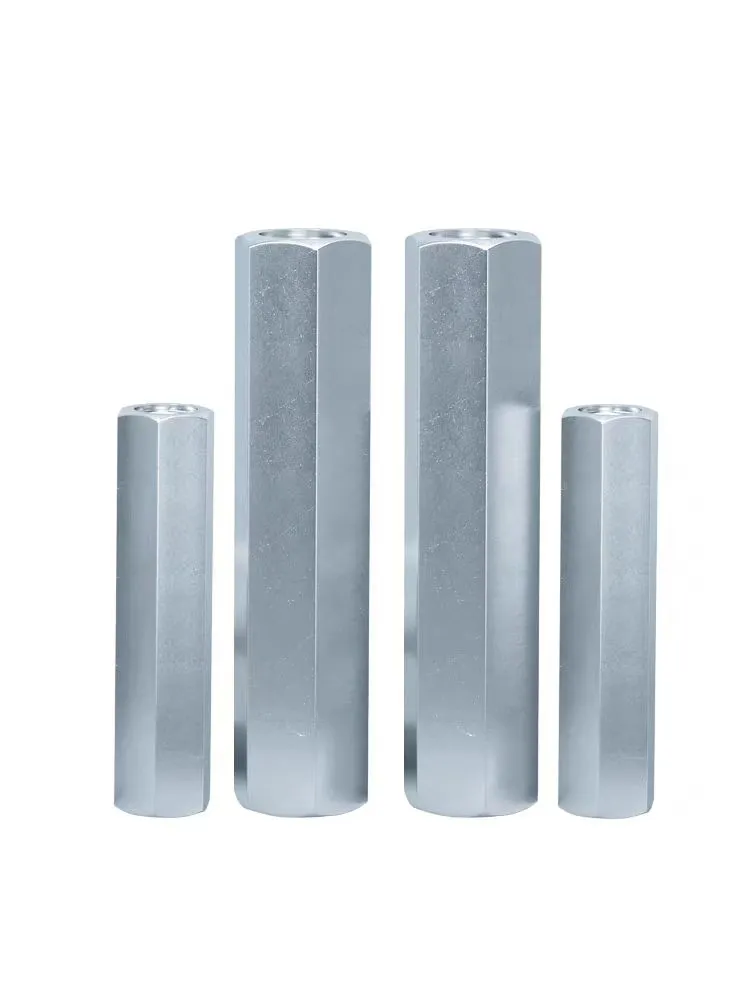

flat washer types
Dec . 15, 2024 12:46 Back to list
flat washer types
Understanding Flat Washer Types A Comprehensive Guide
Flat washers are essential components in various mechanical and construction applications. Their primary function is to distribute the load of a fastener, such as a screw or nut, over a larger area, thereby reducing the pressure on the surface and preventing damage. While they might seem simple, flat washers come in various types, materials, and sizes, each designed to meet specific needs. In this article, we will explore the different types of flat washers available in the market.
1. Standard Flat Washers
Standard flat washers are the most commonly used type. They are typically made from materials like steel, stainless steel, or plastic and have a flat, circular shape with a hole in the center to accommodate a bolt or screw. Their primary purpose is to provide a smooth surface for fasteners and prevent damage to the surface being fastened.
2. Lock Washers
Though technically not flat washers, it's worth mentioning lock washers here for their distinct function. Lock washers are designed to prevent the loosening of fasteners due to vibration. They usually have a split or an uneven shape and work by exerting a spring-like tension when installed. This added tension helps maintain a secure connection, making them ideal for applications such as automotive and machinery assemblies.
3. Fender Washers
Fender washers are larger in diameter than standard flat washers and have a relatively small inner hole. Their design allows them to distribute weight over a larger surface area, making them perfect for use with thin materials such as sheet metal or plastic. They are particularly useful in automotive applications where additional support is required to prevent material deformation.
flat washer types

Countersunk washers have a conical shape that allows them to sit flush against the surface of the material. They are often used in applications where aesthetics are important, as they eliminate protruding fasteners, creating a smoother finish. Commonly made from brass or stainless steel, countersunk washers are frequently utilized in furniture assembly and automotive design.
5. Sealing Washers
Sealing washers are designed to provide a watertight seal, often used in plumbing and automotive applications. These washers typically have a rubber or silicone material bonded to their underside, preventing leakage. Their unique make-up helps ensure that even when subjected to high pressure or temperature, the seal remains intact.
6. Belleville Washers
Belleville washers, or conical washers, are designed to provide a flexible and adjustable tension. Their unique shape allows them to create a spring effect and can be used to accommodate thermal expansion or contraction in various applications. Belleville washers are often found in aerospace, automotive, and heavy machinery sectors.
7. Materials
Flat washers can be found in a range of materials, including steel, stainless steel, aluminum, brass, and plastic. The choice of material often depends on the environmental conditions and the specific application. For example, stainless steel washers offer corrosion resistance, making them suitable for outdoor or marine environments, while plastic washers may be used where electrical insulation is required.
Conclusion
Choosing the right type of flat washer is crucial for ensuring the integrity and longevity of any assembly. Understanding the various types, such as standard flat washers, fender washers, sealing washers, and Belleville washers, along with their specific applications, can help in selecting the most appropriate washer for your project. With the right choice, you can enhance the performance and reliability of your mechanical systems while minimizing potential failures due to inadequate load distribution.
Latest news
-
High-Strength Hot-Dip Galvanized Bolts-Hebei Longze|Corrosion Resistance&High Strength
NewsJul.30,2025
-
Hot Dip Galvanized Bolts-Hebei Longze|Corrosion Resistance&High Strength
NewsJul.30,2025
-
Hot Dip Galvanized Bolts - Hebei Longze | Corrosion Resistance, High Strength
NewsJul.30,2025
-
High-Strength Hot Dip Galvanized Bolts-Hebei Longze|Corrosion Resistance, Grade 8.8
NewsJul.30,2025
-
Hot Dip Galvanized Bolts-Hebei Longze|Corrosion Resistance,High Strength
NewsJul.29,2025
-
High-Strength Hot Dip Galvanized Bolts - Hebei Longze Metal Products Manufacturing Co., Ltd.|corrosion resistance&high strength
NewsJul.29,2025

